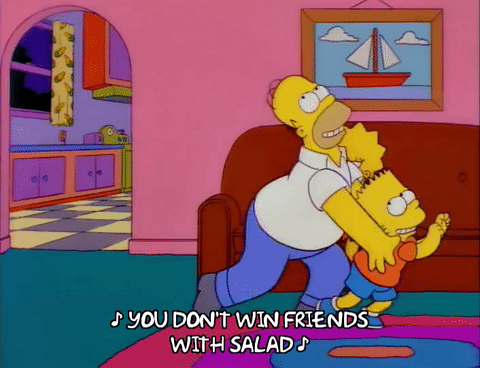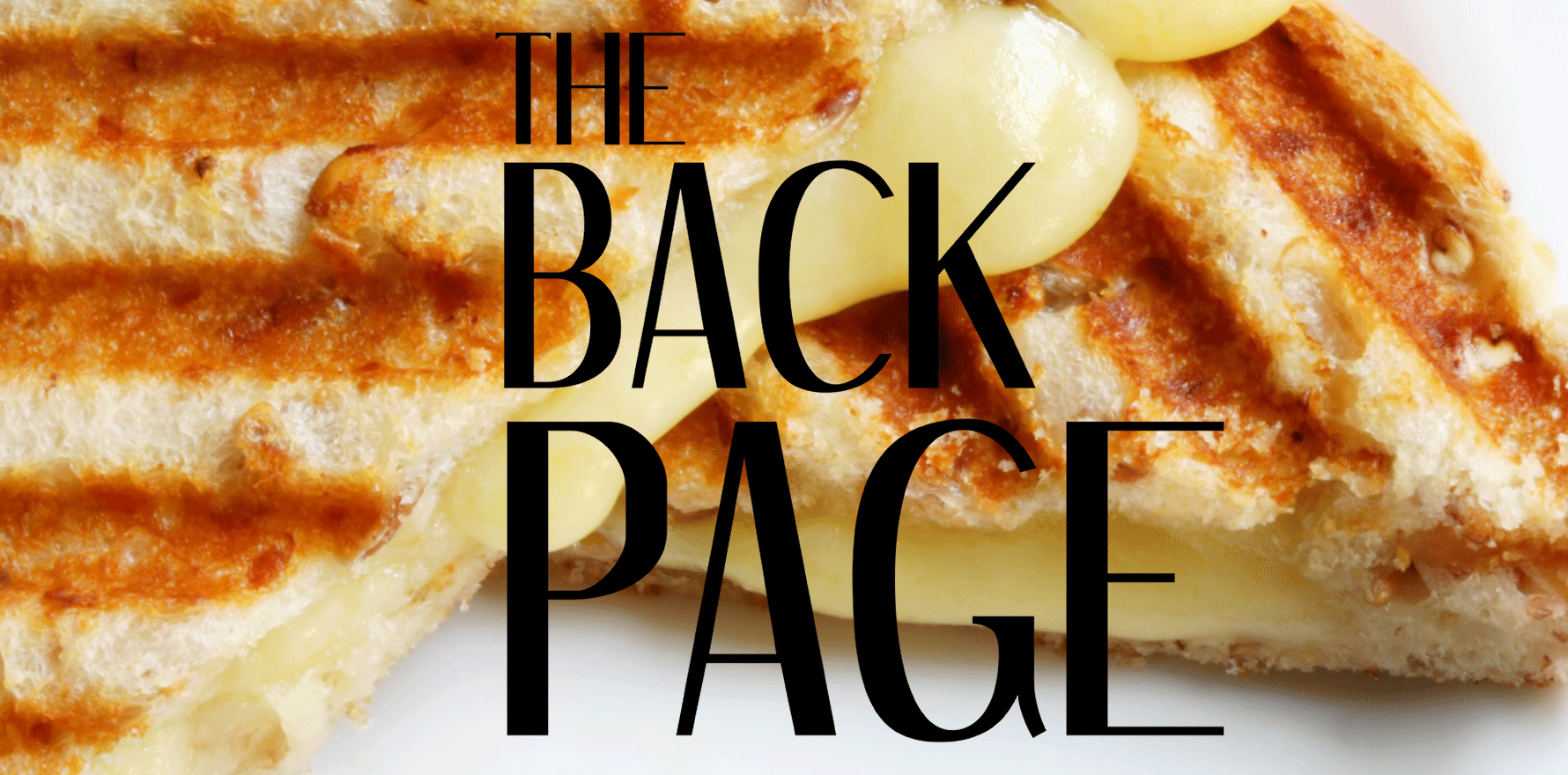People who buy unheated food for lunch are more likely to eke out the experience with chips or other junk.
The TMR office recently acquired a sandwich press.
Still new and gleaming, it sits in the kitchenette waiting to transform an uninspiring clump of cold food into a hot, melty delight. Given all the satisfying possibilities a toasted sandwich has to offer, why you’d opt for “fresh” is something of a mystery.
The Back Page’s thoughts were just beginning to turn this way today when this paper in the journal Appetite caught our eye.
The authors of “The serving temperature effect: Food temperature, expected satiety, and complementary food purchases” decided to test whether people who bought hot food and beverages were less likely to buy more “complementary” items such as chips and cookies.
Positing that “expected satiety differs for a food served hot versus the same food simply served cold”, and that these expectations influence both expenditure and calories consumed, they performed a series of field studies (analysing purchases at two New York cafes) and controlled studies (asking volunteers about hypothetical purchases and expected satiety).
Many logistic regressions and ANOVAs later, they found that, indeed, cold sandwiches and drinks mean more snacks purchased, and that this is probably because people expect to feel less full after cold food.
Which is to say:

They conclude loftily thus: “As long as the desire for healthy eating patterns continues to remain a priority for modern society, understanding the sensory factors that systematically lead to increased consumption and purchase, such as that of the serving temperature effect, will help contribute toward achieving the goal of a healthier consumer population.”
If you see something stupid, say something stupid … ignore all the above and send treats to felicity@medicalrepublic.com.au.


